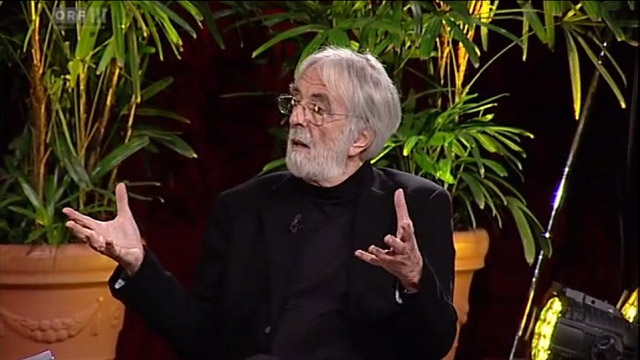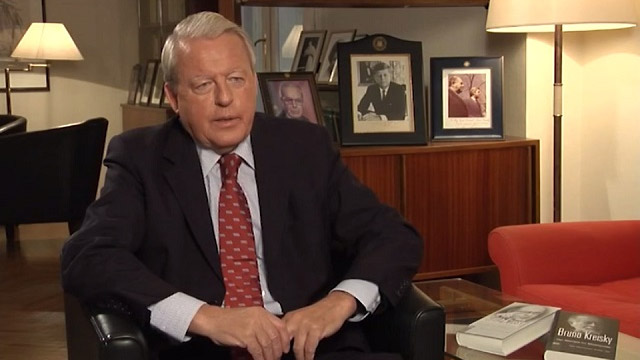Mitschrift
Vienna uses 390 million litres of water - every day. To ensure the sustainability of the water supply to the growing metropolis, the important resource is treated with care.
Vienna's water is supplied by the Limestone Alps of Lower Austria and Styria. The water is monitored constantly, from the springs of the Rax, Schneeberg and Hochschwab all the way to Vienna's supply system.
Christoph Rigler: "It begins with the analysis of the water, its arrival on the surface, the extraction at the spring and continues in order to ensure a safe, hygienic delivery route to Vienna."
To ensure the water remains clean, mountain huts in the catchment area are equipped with small water treatment plants. The forests around the springs are managed carefully, to ensure the correct ratio of native fir, spruce and beech trees.
Gerda Frank: "The mixture is so important because the different tree varieties have different root structures and reach different levels of the soil. The ground is therefore better able to filter out sediment, and absorb and retain the water."
The water flows downhill to Vienna without the need for pumps, travelling 150 kilometres along the First Spring Water Main and 180 kilometres along the second main.
Konrad Prochaska: "In Vienna, the gravitational water supply makes up about 97 percent of the total, which makes it very environmentally friendly."
Three percent of Vienna's water consists of groundwater, which is extracted from wells alongside the Danube.
The water is distributed to Vienna's households through 29 reservoirs located at various levels throughout the city.
Older reservoirs like the one on the Wienerberg have been renovated and modernised. The new Dreimarkstein reservoir on the Kahlenberg supplies 500 households.
Marcella Fenz: "Today's technical standards require that reservoirs be built with two chambers, so that one chamber can be drained for cleaning, inspection or repairs without interrupting the water supply. "
On average, every Viennese inhabitant uses 130 litres of water a day. This is less than it was a few years ago, largely due to water-saving sanitary facilities and household appliances.
To minimise the amount of water lost within the supply system, small technical devices known as loggers are used to detect the sound of water leaking from the pipes. The data is transferred electronically:
Anita Peintner: "Once we discover a leak we try and repair it within a few days."
From spring until autumn, teams of construction workers renew water pipes across the city.
Which pipes are replaced is determined by age, construction material, prior damage and additional strain caused by heavy traffic.
Doris März: "The pipe network is 3032 kilometres long. That alone shows that our work is never completed."
Vienna's love of water also has a downside: wastewater. The city's sewer system is 2400 kilometres long, and is often the repository for unsuitable waste. Cat litter can become as hard as concrete and is difficult to remove, while cooking oil can create blockages. The city provides "Öli" buckets for used cooking oil, which can be collected and returned at every rubbish dump across the city.
The wastewater is processed at the main sewage treatment plant in Simmering. The entire process involves several stages and takes 20 hours. The water is then analysed several times before it is released into the Danube Canal and, subsequently, the Danube. Some of the Danube water will evaporate and may return to the Limestone Alps as rain, completing the cycle of Vienna's water supply.
Archiv-Video vom 03.02.2015:
Bitte beachten Sie, dass die Inhalte (Termine, Kontaktmöglichkeiten,...) möglicherweise nicht mehr aktuell sind.
Viennas Water short
Länge: 5 Min. 10 Sek.
Produktionsdatum: 2014
Copyright: ORF














